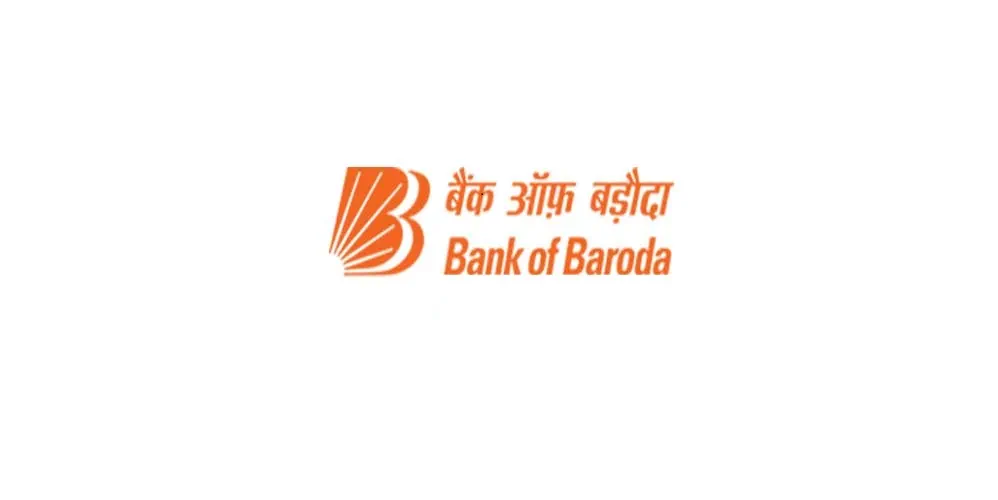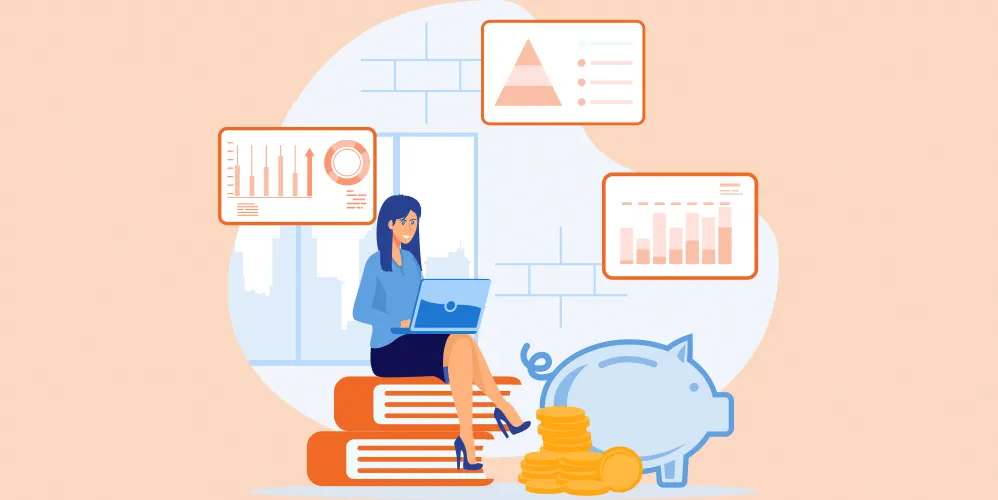
Maximizing Your Savings: Auto Sweep Facility Explained
21 Aug 2024

Table of Content
What is Auto Sweep Facility?
The auto sweep facility is a unique banking feature designed to maximize your savings by automatically transferring surplus funds from your savings account to a fixed deposit (FD) account. When the balance in your savings account exceeds a predetermined threshold, the excess amount is "swept" into a higher-interest earning FD. This facility ensures that your idle funds earn better returns without compromising liquidity. Essentially, it combines the benefits of a savings account and a fixed deposit, providing both liquidity and higher interest rates.
For instance, if you set a threshold limit of ₹50,000 for your savings account, any amount above this will be transferred to an FD. So, if your account balance reaches ₹60,000, ₹10,000 will be swept into an FD. This way, you can continue to use your savings account for daily transactions while the surplus funds earn higher interest in the FD.
Features of Auto Sweep Facility
An auto sweep account comes with several attractive features that make it an appealing option for many account holders. Here are some key features:
1. Automatic Transfer: Surplus funds are automatically transferred to a fixed deposit when the savings account balance exceeds a certain limit. This automation ensures that your money is always working for you, without requiring manual intervention.
2. Partial Withdrawals: If the savings account balance falls below the threshold, funds are automatically transferred back from the FD to the savings account to cover the deficit. This feature maintains liquidity and ensures that you have sufficient funds for your daily needs.
3. Higher Interest Rates: The funds in the FD earn a higher interest rate compared to a regular savings account, leading to better returns. This is one of the primary advantages of using an auto sweep facility, as it helps in maximizing your earnings.
4. Flexibility: The account holder can choose the threshold limit and tenure of the FD according to their financial needs and goals. This customization allows you to tailor the auto sweep facility to suit your specific financial situation.
5. Liquidity: Despite being in an FD, the funds remain easily accessible for withdrawals, ensuring that the account holder does not face liquidity issues. This feature combines the best of both worlds – higher returns and easy access to funds.
Additionally, some banks offer other benefits such as zero penalty on premature withdrawal of the FD, online access to manage the auto sweep facility, and attractive interest rates that can be competitive compared to other investment options.
Benefits of Auto Sweep Facility
Understanding the benefits of auto sweep facility can help you make an informed decision about using this feature. Some key benefits include:
- Enhanced Earnings: By transferring surplus funds to a fixed deposit, you can earn a higher interest rate, increasing your overall returns. This is particularly beneficial in a low-interest-rate environment where savings account rates may not be very attractive.
- Convenience: The automatic transfer of funds means you don't have to manually move your money to a fixed deposit. This saves time and effort, making it easier to manage your finances.
- No Lock-in Period: Unlike traditional fixed deposits, the funds in an auto sweep FD can be withdrawn partially or fully without incurring penalties, providing flexibility and easy access to your money. This ensures that you can access your funds whenever needed, without worrying about penalties.
- Optimal Utilization of Funds: The facility ensures that your idle funds are optimally utilized, maximizing your earnings while maintaining liquidity. This way, you can make the most of your savings without compromising on accessibility.
- Customization: You can customize the sweep-in threshold and the FD tenure to suit your financial requirements. This allows you to set up the auto sweep facility in a way that best meets your financial goals and cash flow needs.
Furthermore, the auto sweep facility can be a great tool for disciplined savings. By setting a threshold limit, you ensure that any surplus funds are automatically invested, helping you save more effectively.
How Does Auto Sweep Facility Work?
To understand how does auto sweep facility work, let's break it down into simple steps:
1. Set a Threshold Limit: You set a threshold limit for your savings account balance. For example, ₹50,000.
2. Automatic Sweep: When the balance in your savings account exceeds this threshold, say ₹60,000, the excess amount (₹10,000) is automatically transferred to an FD.
3. Interest Earnings: The ₹10,000 in the FD earns a higher interest rate compared to the savings account.
4. Sweep Out: If your savings account balance falls below the threshold, funds from the FD are automatically transferred back to the savings account to cover the shortfall.
For example, if your savings account balance drops to ₹40,000, ₹10,000 will be transferred back from the FD to maintain the threshold balance of ₹50,000.
How to Activate Auto Sweep Facility?
Activating the auto sweep facility is a straightforward process. Here are the steps to get started:
1. Contact Your Bank: Visit your bank branch or log in to your online banking account.
2. Submit a Request: Fill out the necessary forms to request the activation of the auto sweep facility.
3. Set Preferences: Specify your threshold limit and the tenure for the fixed deposit.
4. Confirmation: Once your request is processed, you will receive a confirmation from the bank, and the facility will be activated.
Most banks also offer the option to activate this facility through their mobile banking apps, making the process even more convenient.
Additionally, some banks provide detailed guides and customer support to help you set up the auto sweep facility. It's advisable to review the terms and conditions associated with the facility, including any potential fees or penalties, to ensure it aligns with your financial goals.
Examples of Auto Sweep Facility in Action
To illustrate how the auto sweep facility works, let's consider a few examples:
1. Scenario 1: You have a savings account with a threshold limit of ₹50,000. Over time, your balance increases to ₹70,000. The excess ₹20,000 is automatically transferred to an FD, earning a higher interest rate. If you later need funds and your balance drops to ₹30,000, ₹20,000 will be transferred back from the FD to cover the shortfall, maintaining the threshold balance.
2. Scenario 2: You set a higher threshold limit of ₹1,00,000. As your savings grow, any amount above ₹1,00,000 is swept into multiple FDs of different tenures, optimizing your earnings while keeping funds accessible. In case of an emergency, you can easily access these funds without facing penalties.
These examples demonstrate the flexibility and convenience of the auto sweep facility, making it a valuable tool for managing your finances efficiently.
Conclusion
The auto sweep facility is a smart way to maximize your savings by earning higher interest on surplus funds without compromising liquidity. By understanding its features, benefits, and how it works, you can make an informed decision and take full advantage of this facility. Whether you're looking to boost your savings or ensure optimal utilization of your funds, the auto sweep facility offers a convenient and effective solution.
Popular Articles
Tag Clouds
Related Articles








What Is Joint Account? - Meaning, Benefits, Application Process & How its Work


-
Disclaimer
The contents of this article/infographic/picture/video are meant solely for information purposes and do not necessarily reflect the views of Bank of Baroda. The contents are generic in nature and for informational purposes only. It is not a substitute for specific advice in your own circumstances. Bank of Baroda and/ or its Affiliates and its subsidiaries make no representation as to the accuracy; completeness or reliability of any information contained herein or otherwise provided and hereby disclaim any liability with regard to the same. The information is subject to updation, completion, revision, verification and amendment and the same may change materially. The information is not intended for distribution or use by any person in any jurisdiction where such distribution or use would be contrary to law or regulation or would subject Bank of Baroda or its affiliates to any licensing or registration requirements. Bank of Baroda shall not be responsible for any direct/indirect loss or liability incurred by the reader for taking any financial decisions based on the contents and information mentioned. Please consult your financial advisor before making any financial decision.
Mobile Banking - Benefits, Features & How to Get Started
In the age of smartphones and their ability to onboard various applications, banks have channeled their facilities and services through institute applications, making the lives of consumers easier to access banking services. With the need to visit the bank almost becoming unnecessary, you can open accounts, transfer funds though IMPS, NEFT, RTGS, UPI, MMID etc, manage your accounts like generating statement, Interest certificate, provisional certificate for Loan accounts, plan investments in Govt Schemes like PPF, SSA, KVP, SGB etc as well as in private entities like Mutual fund and Life Insurance. You can pay bills, Recharge your phone, DTH etc. Now banks have gone step ahead where you can avail digital personal loan where you can avail digital personal loan of a certain amount based on the transaction history of the account that too without visiting your branch and also you can get a monthly spending summary all from one banking app. So, what is mobile banking? Let us discuss the scope in detail.
Difference Between Visa and Mastercard: Which One is Right for You?
When it comes to choosing a debit, credit or prepaid card, one of the most common questions is, "Visa card vs Mastercard: which one is better?" Both Visa and Mastercard are widely recognized and accepted worldwide, but there are differences between the two that may influence your decision. This guide will explore these differences, helping you understand which card might be better suited to your needs.

